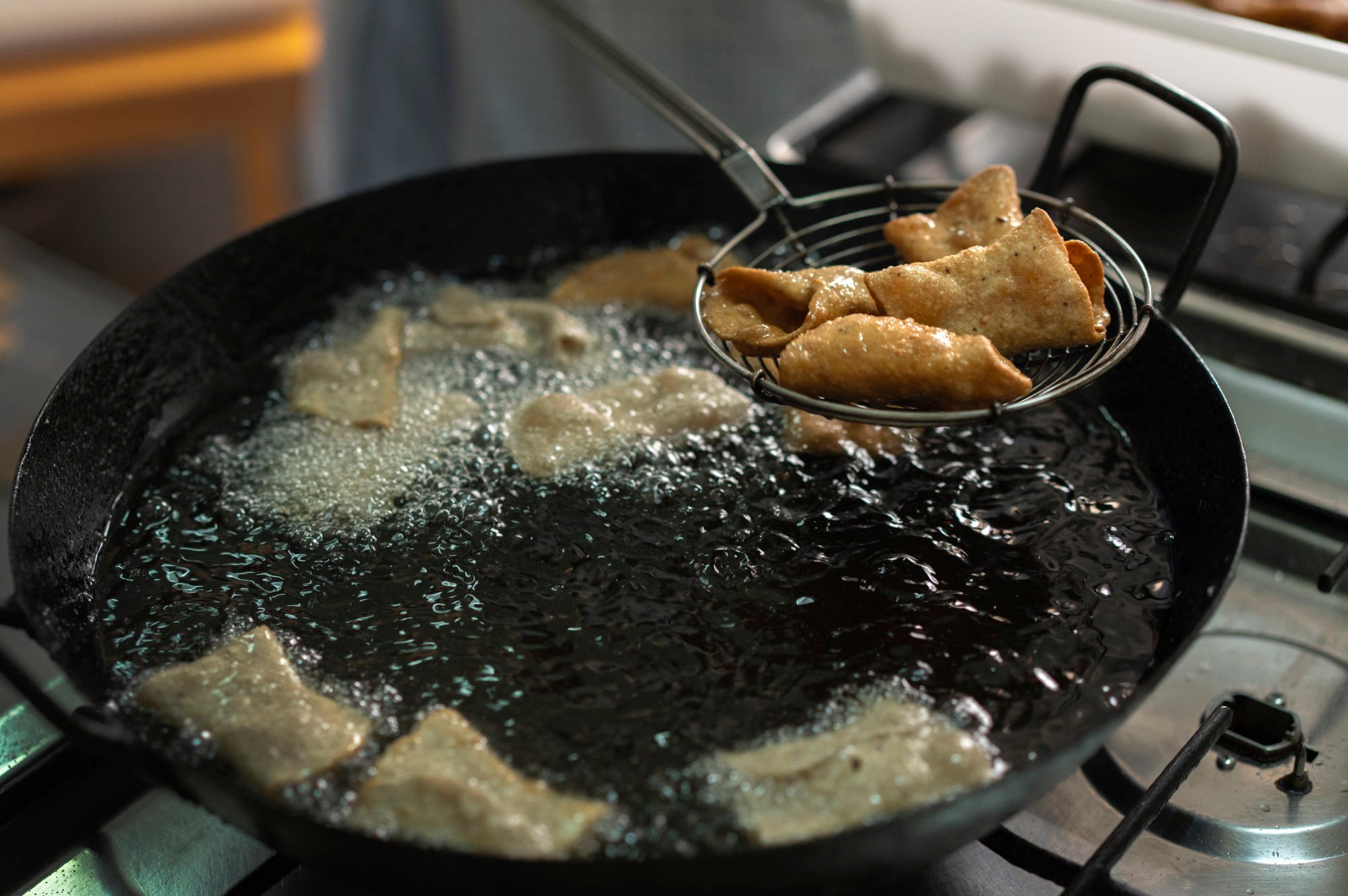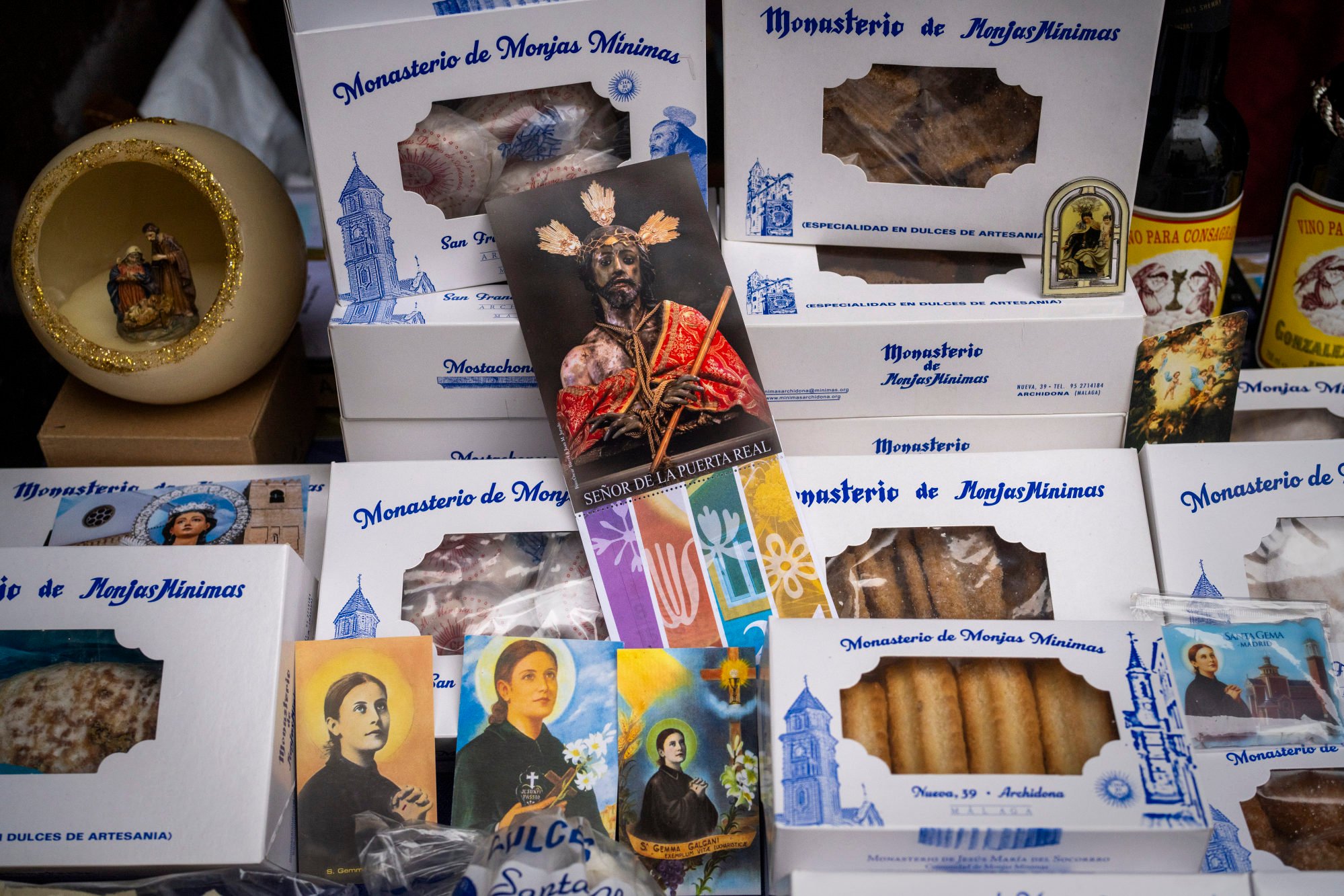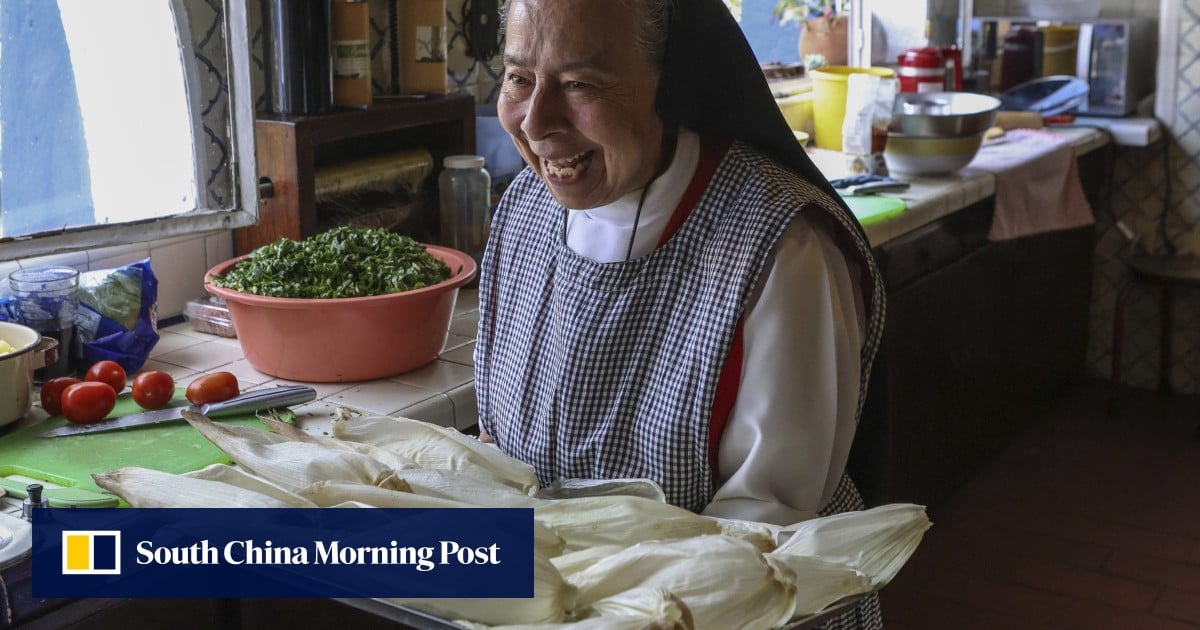“Our kitchen is a witness to God’s love to those outside,” said Sister Abigail, one of the 10 cloistered nuns of the Perpetual Adorers of the Most Blessed Sacrament in Mexico City, the capital of Mexico.
Most monasteries have to be financially self-sufficient. Many in countries like Spain have to maintain not only an ageing, shrinking cohort of monks and nuns, but also monumental, centuries-old buildings, said Fermín Labarga, a professor of church history at the University of Navarra in Pamplona.
Buddhist nuns Jeong Kwan, Wookwan named Masters of Korean temple food
Buddhist nuns Jeong Kwan, Wookwan named Masters of Korean temple food
“An immense majority of people goes to buy the nuns’ sweets,” said Pipa Algarra, who in her 90 years in the southern Spanish city of Granada has come to know each of the dozens of convents’ specialities.
Among the oldest is alfajor, a biscuit with roots dating back more than a thousand years when this region was a Muslim kingdom, while this year’s novelty is sushi rolls introduced by Filipino sisters.

“The nuns, aside from supporting themselves with this, make really good sweets. And the prayer that comes with it is priceless,” added Algarra, who remembers as a child going to convents with her friends to get dough trimmings from the Communion wafers the nuns also produced.
As a cloistered order, the 14 Poor Clares sisters in Carmona, Spain, have to work to earn their daily bread – in their case, making some 300 “English cakes” and 20 other kinds of sweets a month to sell at their 15th-century convent turnstile, said the abbess, Veronicah Nzula.
There is a summer slowdown when southern Spain is so sweltering nobody takes coffee breaks with biscuits, Nzula quipped. But production revs up for Christmas as the sweets are also sold at a special market devoted to convent products in nearby Seville.

“While we work, we pray the rosary and we think of the people who will eat each sweet,” said Nzula. She learned the recipes from older sisters after arriving more than 20 years ago from Kenya, like all but one of the current sisters.
Most nuns and monks involved in preparing the delicacies are quick to point out that their main mission is to pray, not to cook – and that doing both involves finding a delicate balance.

For that reason, production remains limited even though the beer brings the monks’ only income – and is considered by connoisseurs one of the choicest brews in the world, especially popular as a Christmas and Father’s Day gift.
Monks started making it in the 1830s to supply lay workers building the abbey with the daily pint their contract guaranteed. Aficionados still need to come to the abbey or its cafe to get their crate, giving the contemplative order a chance to bear witness too.
“By simply existing, we remind people ‘they’re still here’,” Brother Joris said.
When I’m working, I pray that these sweets may be catalysts of union and peace in the house or office where they will go
A fellow Trappist at the Abbey of Gethsemani in Kentucky in the United States – where the renowned monk and author Thomas Merton once lived – similarly said that producing their bourbon-infused delicacies is just a part of the ora et labora (work and pray) commitment under St. Benedict’s rule.
“Our ideal is to pray always,” said Brother Paul Quenon, who joined the abbey in the late 1950s when the bourbon fruitcake was already being produced, and has worked on the more recently introduced bourbon fudge.
The abbey now makes some 60,000 pounds (27,000kg) per year of each, most sold between Thanksgiving and Christmas – when the bakery is so busy that silent prayer becomes a challenge.

To also strike a balance, the two dozen Benedictine sisters at the 15th-century Monastery of San Paio de Antealtares in Santiago de Compostela, one of Europe’s top pilgrimage cities, only work on sweets in the morning.
“It’s not the purpose of our life, lest we break the equilibrium – rather, it’s to turn work into prayer,” said the abbess, Almudena Vilariño. “When I’m working, I pray that these sweets may be catalysts of union and peace in the house or office where they will go.”
Following the same recipe dating from the late 1700s, the nuns make their signature almond cake known as tarta de Santiago. A few decades ago, local women would bring ingredients to the convent so the nuns could bake cakes in their wooden oven.

“The turnstile puts in touch the interior world with the exterior. They’re not disconnected,” Labarga said.
“This is how we live the liturgy,” Sister Abigail said. “This is the objective in our work, and work for people outside the convent – that we feed them, and they help us so we can eat.”







